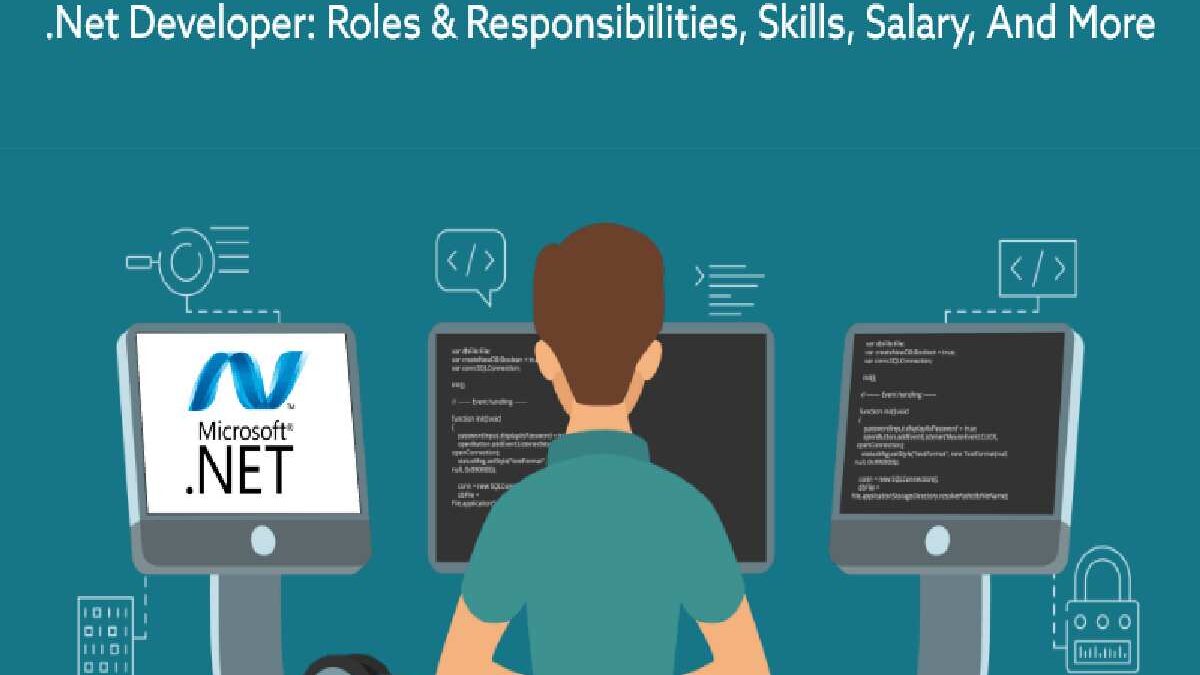Table of Contents
Introduction
DP Net is a software development framework that allows designers to create applications that run on the .NET Framework. It provides a variety of features that make it easy to develop high-quality applications, including:
- A visual designer that makes it easy to create user interfaces
- A code editor that offers syntax highlighting, code completion, and other features to help developers write code more quickly and easily
- A debugger that helps developers find and fix errors in their code
- A set of libraries that provide functionality for a variety of tasks, such as data access, networking, and cryptography
DP Net is free and open-source software, so it is a great option for developers looking for a powerful and affordable development environment.
Advanced Features of DP Net
Here are some of the key features of DP Net:
- Visual Designer: The visual designer makes it easy to create user boundaries by dragging and dropping controls onto a form.
- Code Editor: The code editor offers syntax highlighting, code completion, and other features to help developers write code more quickly and easily.
- Debugger: The debugger helps developers find and fix errors in their code by allowing them to step through code line by line and examine the values of variables.
- Libraries: DP Net includes a set of libraries that provide functionality for various tasks, such as data access, networking, and cryptography.
DP Net is a powerful and versatile development environment that can create various applications. It is a great choice for developers observing for a free and open-source alternative to Microsoft Visual Studio.
Benefits of DP Net
Here are some of the benefits of using DP Net:
- Free and open source: This is free to use and distribute, and the basis code is offered for anyone to view and modify.
- Cross-platform: It can be used to develop Windows, macOS, and Linux applications.
- Extensive library: These includes a comprehensive library of classes and functions that can be used to develop various applications.
- Active community: DP Net has a large and active public of developers who provide support and resources to help other developers learn and use DP Net.
It is a great choice if you are looking for a powerful, versatile, and free development environment.
DP Net (Distributed Processing Network) is a computer network designed to distribute processing power across multiple nodes. This can improve performance and scalability and make the network more fault-tolerant.
Pros And Cons
Lets discuss about some of the major aspects of Dp net:
Advantages
- Improved performance: It can improve performance by distributing processing power across multiple nodes. This can be especially beneficial for requests that require a lot of dispensation power, such as video streaming or gaming.
- Increased scalability: It can scaled to meet the needs of growing applications. As the demand for processing power increases, more nodes can be added to the network.
- Improved fault tolerance: Net is more fault-tolerant than traditional computer networks. If one node fails, the other nodes can continue to operate.
Disadvantages
- Increased complexity: DP Net is more complex to design and implement than traditional computer networks. This can make it more difficult to troubleshoot and maintain.
- Increased cost: DP Net can be more expensive to deploy than traditional computer networks. This is due to the need for more hardware and software.
- Security risks: DP Net can be more susceptible to security risks than traditional computer networks. This is because the data is spread across multiple nodes, which makes it more difficult to protect.
Overall, It can be a good choice for applications that require high performance, scalability, and fault tolerance. However, weighing the advantages and disadvantages before deciding whether or not to use Net is important.
Development Implications of Net
Overall, DPNet is a promising new technology that has the potential to revolutionize the way we generate synthetic network flow data. With further development, DPNet could become a valuable tool for various applications.
Here are some of the future work that can done to improve net:
- Improve the accuracy of DPNet by developing more sophisticated noise addition methods.
- Reduce the noise level of DPNet by using more training data or sophisticated noise addition methods.
- Make it more efficient by using more efficient algorithms or more powerful hardware.
- Make more scalable using more efficient algorithms or more powerful hardware.
- Evaluate Net on real-world network flow data.
- Develop new applications for Net.
Reviewed Additional Considerations
Here are some additional considerations when choosing between DP Net and traditional computer networks:
- The size and complexity of the application: It is a good choice for large, complex applications that require a lot of giving out power. Traditional computer networks are a better choice for small, simple applications.
- The budget: It can be more expensive to deploy than traditional computer networks.
- The security requirements: Net can be more susceptible to security risks than traditional computer networks.
Conclusion
DP Net is a promising new approach to generating high-quality synthetic network flow data. It can achieve high accuracy and low noise levels, even with a small amount of training data. It is also efficient and scalable, making it a practical solution for various applications. However, there are still some limitations to DP. For example, it is unclear how Net will perform on real-world network flow data. Additionally, It Net is a relatively new approach, and there is still room for improvement.

